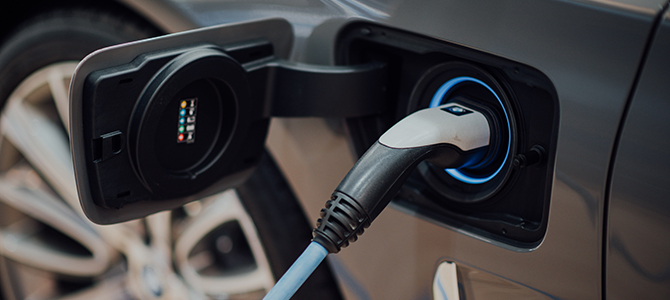
 City advances climate action by increasing EV charging
City advances climate action by increasing EV charging
Council made it easier for residents to switch to an electric vehicle (EV) yesterday by encouraging the installation of EV chargers across the city.
The report approved yesterday evening means that by January 2025 all gas stations and commercial parking lots will need to have EV charging infrastructure available to avoid paying a higher business license fee.
This further advances our climate action goals of reducing fossil fuels, cutting carbon pollution by 50% by 2030, and ensuring 50% of the kilometres driven on Vancouver's roads are by zero-emissions vehicles by 2030.
Gas stations will provide charging at locations where people are used to fueling up, and parking lots will provide charging at locations where people will already be parked. This will facilitate a more evenly distributed charging network across Vancouver, including in currently underserved areas. This will also support many Vancouver residents, including renters, who may not be able to install charging at home.
We have been active in supporting the shift to zero-emissions transportation for well over a decade. This leadership has helped Vancouver to have the highest proportion of new electric vehicles sold in North America, with nearly one in eight of all new light-duty vehicles being electric.
Other actions to support EV uptake
- Expanding our EV public charging network and adding more fast chargers so there is one within a 10-minute drive of everyone in the city
- Requiring 100% EV-ready stalls in all new residential developments
- Adding more EV charging to new non-residential developments
- Introducing an EV cord cover license program that makes on-street residential charging safer
- Expanding the City's EV fleet and purchasing Canada's first electric fire truck
Accelerating the transition to zero-emissions vehicles is one of the ways we are taking climate action, aligning with provincial and federal mandates, and doing our part to reduce carbon pollution.
Background
Nearly 40% of Vancouver's carbon pollution comes from burning gasoline and diesel in our vehicles. Reducing these emissions means switching to more active modes of transportation, transit and zero-emissions vehicles when needed. It includes updating land-use practices to encourage more complete walkable neighbourhoods so it's easier to access amenities. Collectively, these actions will provide more options for residents to safely walk, cycle, and roll, while reducing air pollution and increasing health.